Brands are centralising their media around hyper-personalisation strategies: Dimpy Yadav
Shrugging off the disruptions of the year gone by, businesses and agencies are looking for a strong revival in 2021. Over the next few weeks, Adgully – as part of our annual TRENDING NOW endeavour – will be presenting the strategies and views of a cross-section of industry leaders as they go about reclaiming lost time and market opportunities and build for a stronger future, armed with the lessons of 2020.
In conversation with Adgully, Dimpy Yadav, Head, Client Engagement, Xaxis India, sheds light on how the pandemic accelerated the speed of digital adoption, the growing importance of e-commerce advertising, digital ad spends outpacing TV ad spends in the coming times and much more.
Virtually every media’s reach has been disrupted during the pandemic. What are the trends when it comes to audience measurement and dynamic media buying?
2020 has been an unprecedented year, with the pandemic that disrupted social and economic status, altered consumers’ needs and defined new behaviours. These orientations shaped new workings for the media landscape, leading to a direct impact on some mediums like OOH and cinema as consumers were home bound and these mediums were disrupted in terms of zero eyeballs and zero reach.
At the same time, the pandemic accelerated the speed of ‘digital adoption’ multi-fold as content consumption expanded across devices and platforms such as connected TVs and Tablets. Media industry moved from ‘reactive’ to ‘proactive’ approach as consumers showed a gravitational shift in their behaviours and patterns during the pandemic. Consumers moved to digital first lifestyle, with online shopping of essentials and day to day requirements, online consultations with doctors and fitness experts or kids learning via online education system.
With digital lives evolving, these habits are likely to stick in the new normal. Brands are centralising their media around hyper-personalisation strategies to offer more connected and personalised experiences to consumers by utilising all touch-points of consumers across offline and online world. With increase in consumer touch points, brands are seen shifting their focus towards gaming and streaming platforms. Retail brands are expected to blend-in digital and physical commerce by activating cross media channel and unified reach media tactics. They are taking steps towards bridging their offline presence with their online assets to broaden the capabilities and access to consumers with ease of transactions.
Do you see digital ad spends outpacing TV in the coming years?
Yes. If you see any Madison report or GroupM MMA report reference, the stress has been on connected TV. In 2019, OOH became DOOH.
Digital in India has always been evolving and now growing at a ferocious pace and is outpacing many mediums already in advertising. Digital advertising’s capabilities of understanding consumer with insights, targeting with data precision and measuring campaign impact with attribution models had been fuelling digital-first strategies amongst advertisers.
Steady shift in user behaviour is there to stay, leading to the digital-adoption momentum further gaining speed and shifting more attention towards new digital channels such as connected TV. It is inflicting an interest in advertisers to explore digital avenues, seeking scale and gains in incremental reach. It is making advertisers also pivot towards growing media channels to reach consumers where they are spending time. As per GroupM futures report ‘This Year, Next Year’ (TYNY) 2020, ‘India will continue to top the list as the fastest-growing major ad market in the world. The ad industry was estimated to grow at 10.7% during 2020 and Digital media was estimated to grow at a rate of 26%, outpacing traditional media such as TV, radio and outdoor advertising which are growing at 7-8% annually.’
With further efficiency in measuring digital video consumption, brands are adopting a digital-first strategy, increasing the chunk of spends deployed on digital. The medium is getting richer, with access to growing consumer’s touchpoints across platforms. With technology connecting offline user’s signals with online media pillars, it provides a holistic solution and cross channel targeting options to advertisers, enabling them to shorten the conversion window for user acquisition.
Furthermore, advertisers are looking at Artificial intelligence to help them manage the scale with automation, and digital enables them to connect the dots starting from media campaign to users’ experience on the website/ app, followed by supply-delivery chain. As digital is surpassing the capabilities of gaining audience insights from content consumption to offline footprints, advertisers find the medium very effective and efficient to drive dual goals of creating awareness, followed by driving business outcomes with defined ROI.
With the shift to online commerce, what are the growth trends in e-commerce advertising?
With ever increasing active users on e-commerce portals, e-commerce growth is one of the most visible forms of digital transformation. The pandemic has pushed retailers and manufacturers to move towards e-commerce to stay in the race of consumer acquisition. The leading shift for enormous growth in e-commerce consumption amongst consumers has also accelerated e-commerce advertising.
With consumer journey becoming non-linear and evolving needs and requirements, it is essential for e-commerce players to offer user behaviour-agnostic solutions to advertisers across the media funnel from awareness to purchase. E-commerce advertising has the advantage with unique identifiers of consumer touch points ranging across interest, intent and purchasing capabilities giving an edge to the new media channel over other digital advertising mediums.
E-commerce advertising started with the offerings to leverage the data backed on deterministic consumer intent and within the brand safe walls. But, now the e-commerce marketplace provides the ability to advertiser to target such intent-based audiences outside the e-commerce portals too. With multiple ad-formats across display and video, advertisers can chose to drive media objective varying from brand consideration, loyalty or purchases.
In the challenging times post-pandemic, when end goal of every media activity is driving business outcome in the form of ROI, e-commerce advertising provides a holistic solution with stronger attribution models and measurements. It enables advertisers to drive strong impact on both short term and long term media goals. Measurement metrics such as search term increase or cart additions gives an add-on visibility to advertisers beyond measuring converted transactions.



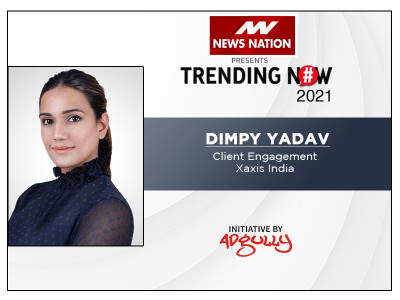






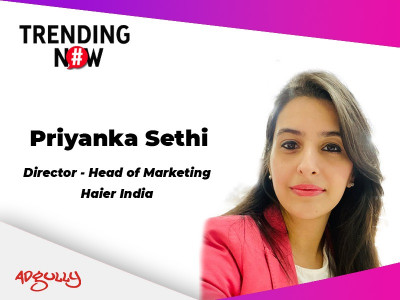
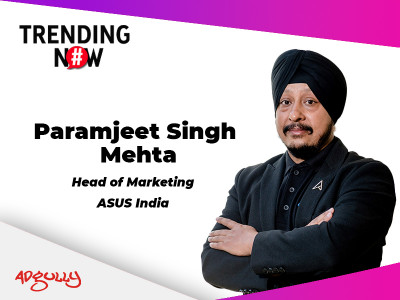
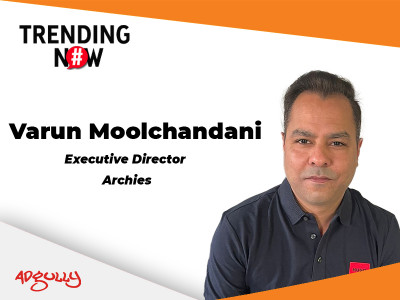




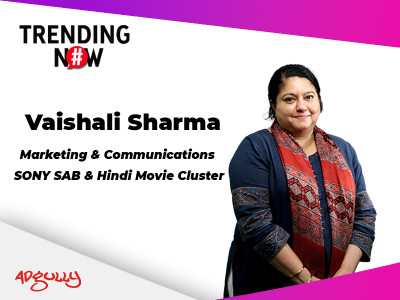





Share
Facebook
YouTube
Tweet
Twitter
LinkedIn